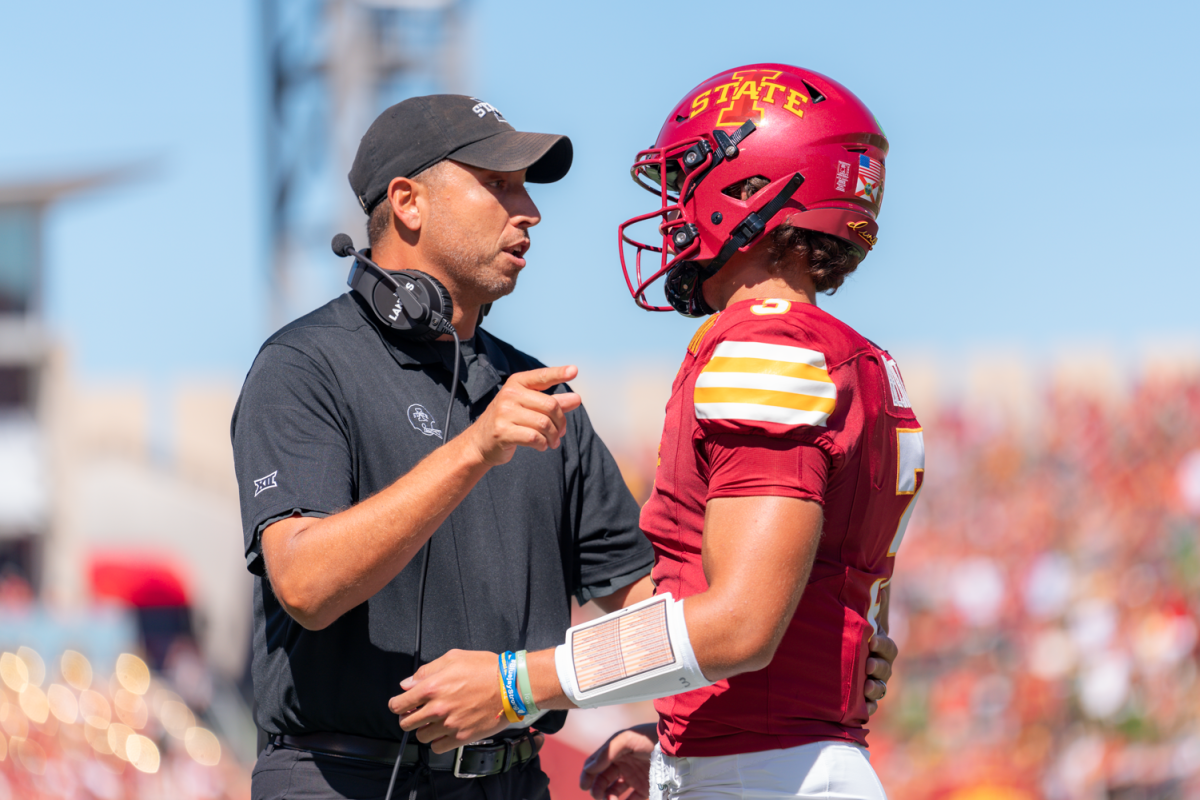EDITORIAL: New pope must represent diversity of Catholic world
April 3, 2005
The Catholic Church may be based in Rome, but its center is far to the south and west.
Of the 1.07 billion Catholics in the world, nearly 50 percent are from Latin American countries, and more than 10 percent live in Africa. A Catholic is more likely to be Philippine than Italian. Europe, in fact, is the only region of the world where the Catholic population is dropping; it lost 674,000 followers in 2003.
These facts must be a consideration when the cardinal electors gather in the coming weeks to choose a successor to Pope John Paul II, who died Saturday. The pope’s influence extends far beyond a particular Christian faith — he is a world political and social leader and as such must represent his constituents in both ideology and life experience.
Electors made an important first step in acknowledging this fact in 1978, when they elected Polish-born John Paul II in 1978 and broke the 455-year hold Italians had on the papacy. That move was important to internationalize the leadership of an already international organization. It is logical now, in 2005, to look beyond the borders of Europe.






